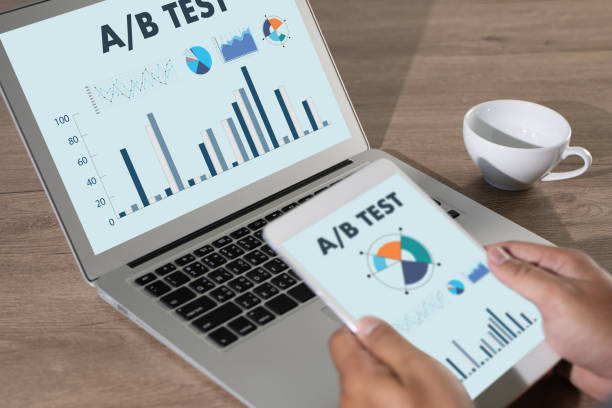A/B testing is an invaluable tool for optimizing your digital strategies and improving user experiences. By providing data-driven insights, enhancing conversion rates, reducing risk, and increasing return on investment (ROI), A/B testing empowers you to make smarter decisions and achieve better results. A/B testing, also known as split testing, involves comparing two versions of a single variable to determine which one yields better results. Typically, this involves creating two variations—Version A (the control) and Version B (the variant)—and then testing them against each other with a segment of your audience. The goal is to identify which version drives better performance based on specific metrics, such as click-thru rates, conversion rates, or user engagement.
One of the most significant advantages of A/B testing is its ability to provide concrete data on what works and what doesn’t. Instead of relying on gut feelings or assumptions, you base your decisions on real user behavior and preferences. This evidence-based approach helps you make informed choices that lead to better outcomes and more effective strategies.
Understanding how users interact with your site or app is key to improving their overall experience. A/B testing allows you to evaluate design elements, content layouts, and navigation options to see what resonates best with your audience. By continually refining your user experience based on test results, you create a more intuitive and enjoyable experience for your visitors.
A/B testing is also a powerful tool for optimizing conversion rates. By testing different versions of landing pages, call-to-action buttons, or promotional offers, you can identify which elements are most effective at converting visitors into customers. Even small changes, such as adjusting the color of a button or rephrasing a headline, can have a significant impact on your conversion rates.
When you make changes to your website or marketing campaigns without testing, you risk implementing changes that could negatively impact performance. A/B testing helps mitigate this risk by allowing you to test changes on a smaller scale before rolling them out more broadly. This way, you can ensure that any modifications you make will have the desired effect and avoid potentially costly mistakes.
Ultimately, A/B testing helps maximize your ROI by ensuring that your marketing efforts are as effective as possible. By continuously testing and optimizing your campaigns, you improve performance, increase conversions, and make the most of your marketing budget. This iterative approach leads to more efficient use of resources and better overall results.
To get the most value from A/B testing, consider the following steps.
- Collect data. Use analytics tools to identify areas of your website or app that could benefit from optimization.
- Form a hypothesis. Based on your data, create a hypothesis about what changes might improve performance.
- Create variations. Develop alternative versions of your webpage or app element to test against the original.
- Run the test. Use A/B testing software to randomly serve the different versions to your users.
- Analyze results. Once you’ve collected enough data, analyze the results to determine which version performed better.
- Implement and iterate. Apply the winning changes, and continue testing to drive ongoing improvements.
A/B testing is a powerful tool that can drive significant improvements in user experience, engagement, and conversions. By making data-informed decisions, you can continually optimize your digital properties and marketing efforts, leading to better business outcomes.
Remember, A/B testing is not a one-time effort but an ongoing process of experimentation and optimization. By cultivating a culture of testing and continuous improvement, you can stay ahead of the competition and deliver experiences that truly resonate with your audience.









